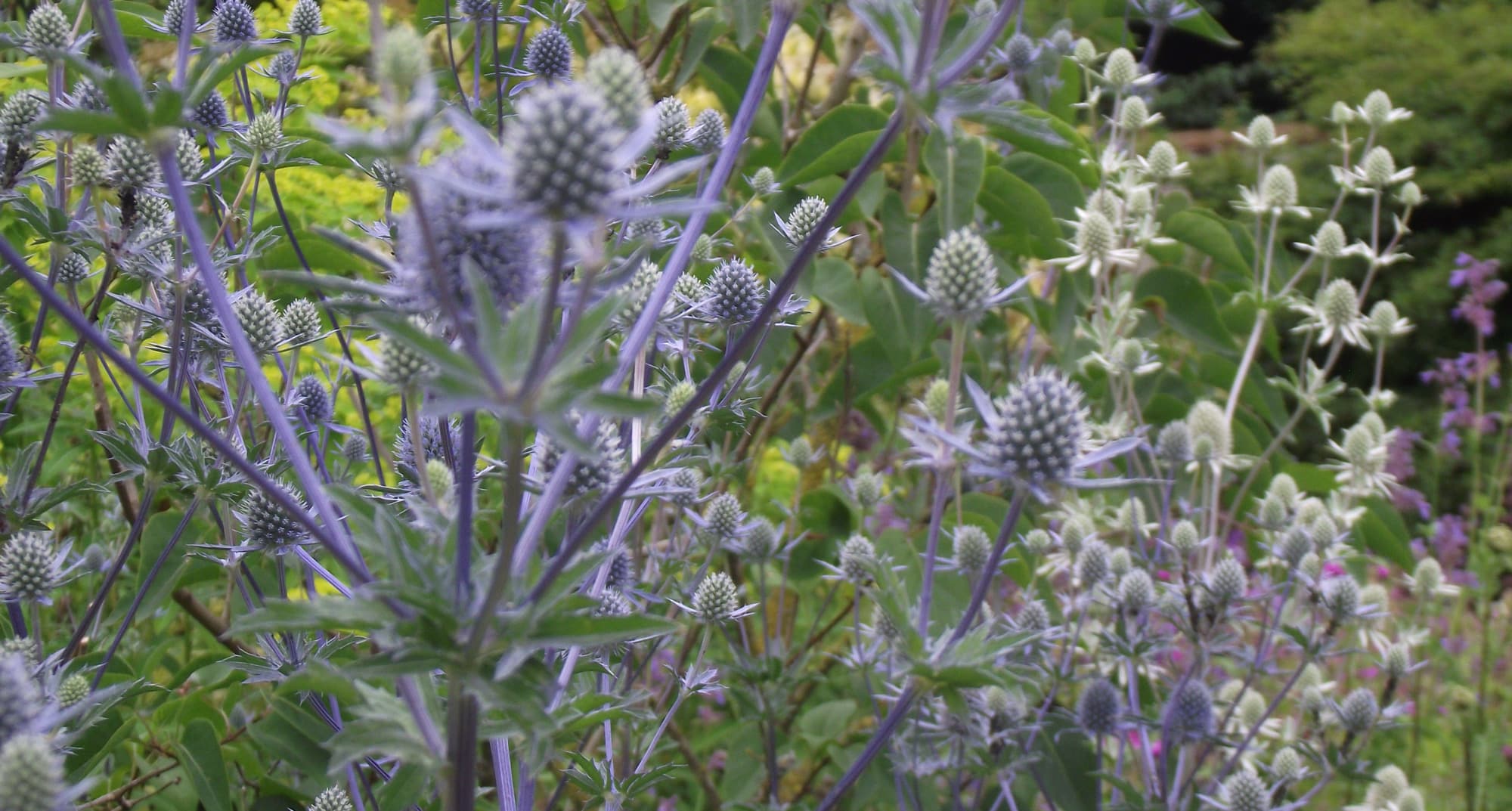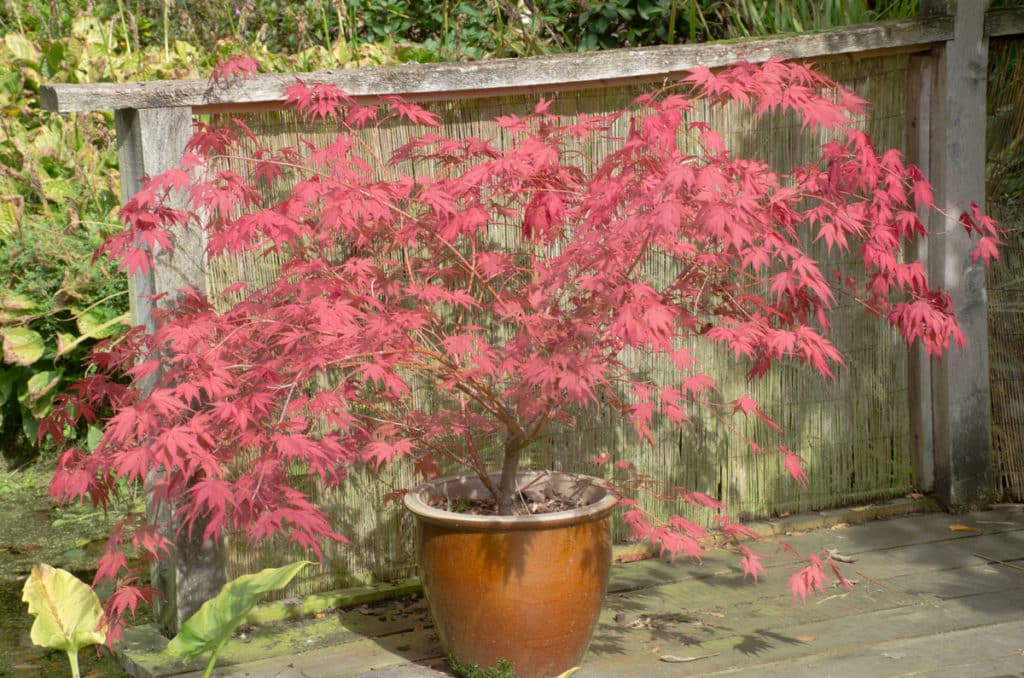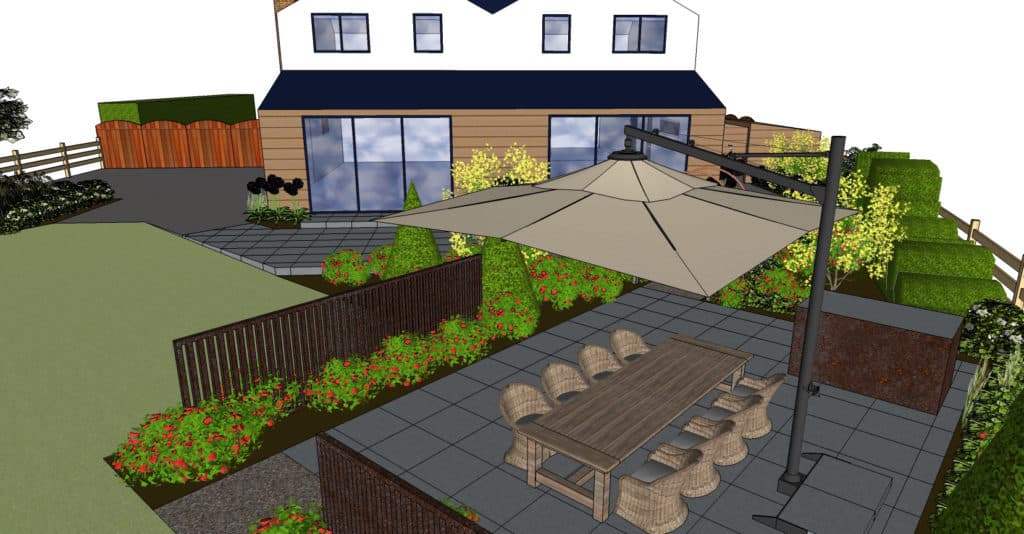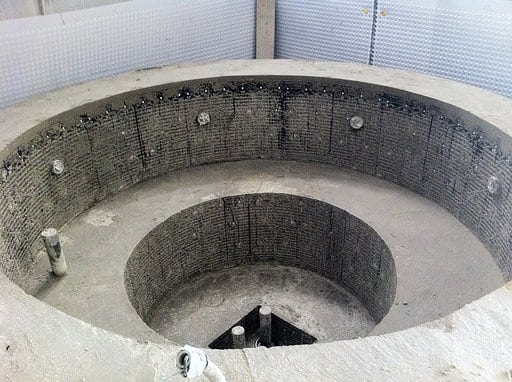20 Dec Reviewing your garden year – tips for planning improvements for next year
It’s December, and the garden is safely put to bed for winter. It’s time now to reflect on your garden’s performance this year and where you could make improvements for next year.
It’s hard to remember what was happening outside 12 days ago, let alone 12 months ago so when it comes to reviewing my garden year, I try to jog my own memory by thinking back through the seasons. By remembering what was good and what I felt was lacking in the garden, I can go about planning improvements for next year.
Let’s start with spring
Spring 2018 threw us some unusual weather patterns. We had late frosts and a lot of rain. However, if the climate change scientists are correct, we need to prepare for colder wetter springs in the future. So planning improvements to the spring garden needs to encompass changes to weather patterns.
What was happening in the garden last spring? Spring is a time when the garden starts coming to life. Daffodils, tulips and spring flowering bulbs bring a much welcomed pop of colour in planters and herbaceous borders. Deciduous trees delight us with fresh foliage. If you are lucky enough to have flowering trees in your garden, they should be resplendent with blossoms from late spring.
One of the greatest joys of the spring garden is being able to gather a brightly coloured bouquet for the house.
Have you planted enough spring bulbs to provide you with cut flowers for free?
The downside of spring is that weeds begin to grow too – did you see too many unwanted plants in your borders this year? Improvements here could include crowding the weeds out with a different planting plan.
What about mud? Did you find that in the prolonged wet weather, your lawn drained badly or it was damaged by too much foot traffic? Was the trip from the house to the shed a bit squelchy or slippery underfoot?
The summer garden
What a long, hot summer we were treated to last year. At times though, I found it a bit uncomfortable. Natural lawns turned brown early and they stayed brown much longer than normal. Some flowering plants really seemed to suffer. It seemed such a shame to hide from the heat but of course, clever garden design can overcome that to an extent.
Those long evenings though were perfect for outdoor dining and relaxing with friends and family – were you able to make the most of them?
Your garden in Autumn
Oh that autumn weather, we were so lucky! I must confess that I wanted to spend almost every hour of every day outside this autumn. The temperature was just right and although I would have liked more flowers in the garden (summer drought restricted their growth) I was fortunate enough to have plenty of colour from autumn leaves and berries.
The Japanese maple (aka Acer) is a fabulous tree for small gardens.
The plants in the background of this picture are preparing themselves for winter and I’ll wager you didn’t even notice them because this tree takes all the attention away from them.
Winter wonderland
As I write, the best of winter is yet to come. We’ve had some frosts that make the garden sparkle in the very early morning. But so far there haven’t been many of the bright crisp days that make plants trees look like ghostly skeletons. Those are the days when I can’t resist using the macro lens on my camera to get really interesting pictures.
Making improvements to your garden for next year
Plants
If you feel as though your spring garden was a bit sparse in the colour department, why not plan to introduce more spring flowering plants? I’m writing in December when it’s probably a little late to be planting bulbs but there are some lovely alternatives in the garden centres.
If Santa brings you some Christmas money, you could do worse than invest in a tree. Here’s some advice on choosing and planting trees. Look for something that offers year round value. Beautiful blossoms, summer shade, autumn fruit or foliage and a striking shape in winter time.
For summer time, think about drought tolerant planting with lots and lots of mulching to preserve moisture and reduce weeding. If you need inspiration, we can help you to devise a planting plan.
For summer time,You might want to install an irrigation system to keep the most vulnerable plants alive but please try to be waterwise. Even if there are no hosepipe bans in place, water is such a precious resource that it seems irresponsible to use any more than absolutely necessary. I would absolutely encourage you to have an irrigation system for your vegetable garden or greenhouse.
For the main garden – have you thought about a rain garden? A rain garden makes the most of water harvested from the roof of your home and outbuildings. Rainfall is channelled – often through very pretty streams or rills – into a lower part of the garden. It might feed into a wildlife pond but is more often used to nurture plants that like damp conditions but can also survive in dry soil.
Access all areas
Climate change scientists are sure that we are going to have some wet winters. Is the whole of your garden useable all year round?
Next year is the ideal time to think about drainage, layouts, paths and patios. If your garden does become saturated – and the clay soils in Essex and Suffolk are prone to becoming claggy – some clever garden design tricks mean that sticky soil needn’t restrict the way you use your outdoor space.
Addressing the drainage and building sturdy, well placed paths and patios can ensure that soil doesn’t become compacted and that shoes are not constantly coated in clay.
Talk to a garden designer about the best way to tackle your own plot.
Shelter and Shade
A large parasol is a great way to shade parts of your garden. For cooler evenings it helps trap the heat from a patio heater too.
Extend the usability of your garden by introducing shelter and shade. Every gardener will have different ideas and of course, the shape and style of your property will strongly influence your decision. But how about a pergola or a veranda where you can sit outside even if it is raining? A pergola is relatively inexpensive and if it’s carefully designed and installed can become an outdoor room. Choose a structure that provides shade from hot sun but can be opened up to make the most of fine evenings AND cosy enough for coffee on cool days.
Keeping comfortable in any weather
Something we’ve had a lot of enquiries about this summer is water. Hot tubs and Jacuzzis are such a wonderful addition to any garden and they don’t need much space or maintenance. Pop them under a pagoda for maximum privacy.
The garden design and landscaping industries are more innovative than you think. This hot-tub is being constructed from a solid pool system that is remarkably low cost and easy. The concrete construction (which will have tiles on top of it) holds on to heat and helps reduce running costs
Making the days longer and the winters more wonderful
In my opinion garden lighting adds a lot of value to a property. It means that you can use your garden for longer on warm evenings. In a front garden, provided you are mindful of your neighbours, you can make your property look very homely and inviting. It offers a wonderful welcome home from work on winter nights and is a deterrent to burglars.
Just like any of the features we’ve discussed so far, garden lighting can be retrofitted. You don’t need to have a full makeover to make your outdoor space more usable, more attractive or more inviting.
If you are planning improvements to your garden for next year and you need inspiration, the Tapestry Design Studios team are at your disposal.
Peruse our website for inspiration or contact us to arrange a site visit.
You may like these articles
Landscaping budgets – why it’s important to set them early
Ideas for making better use of your garden in winter
Designing drought tolerant gardens









Sorry, the comment form is closed at this time.